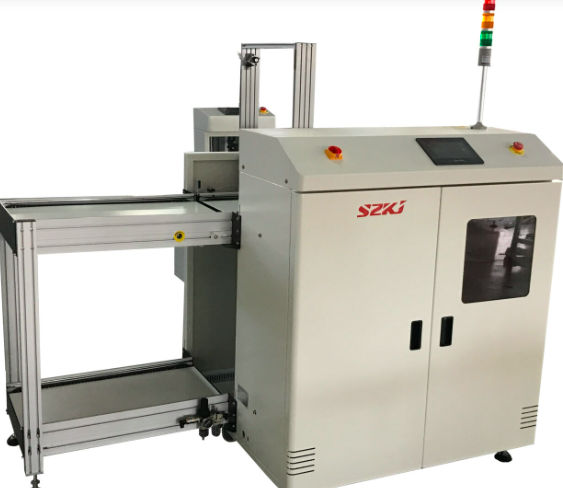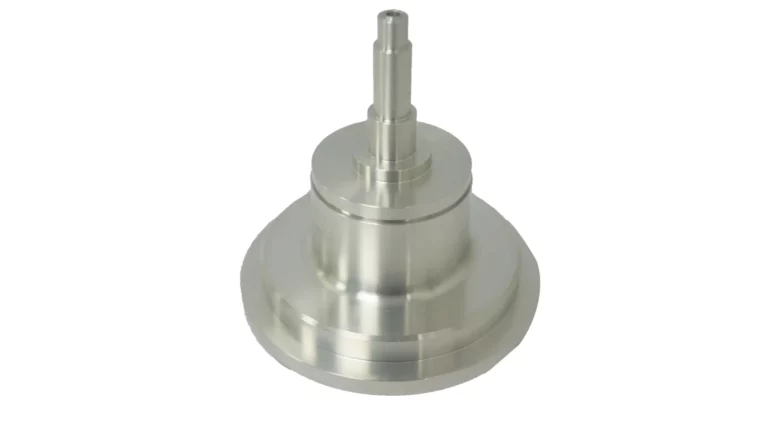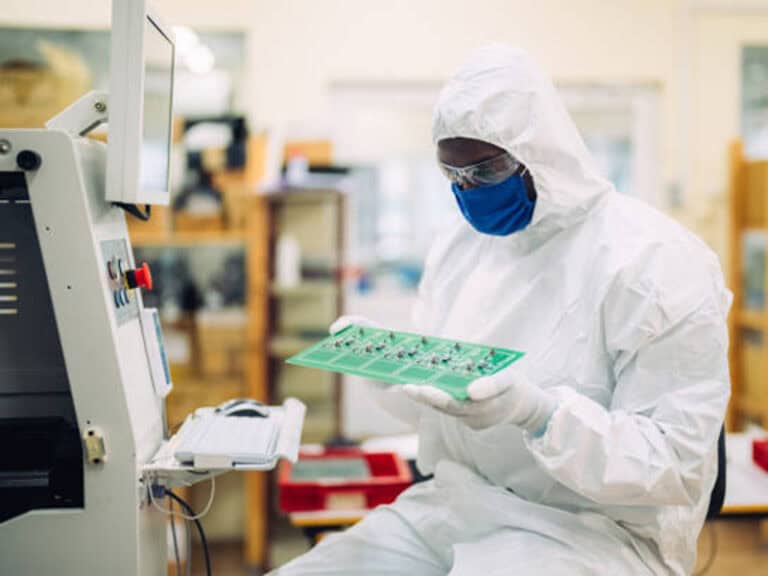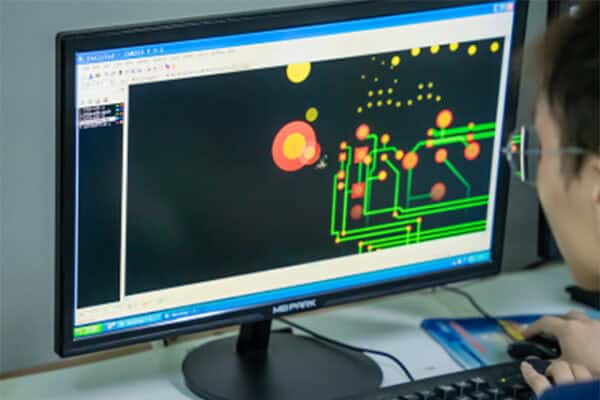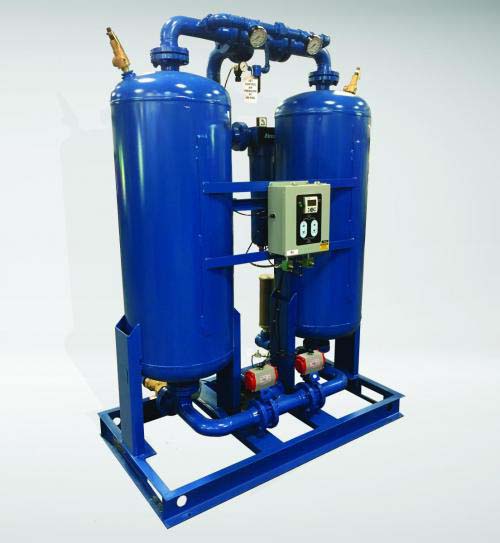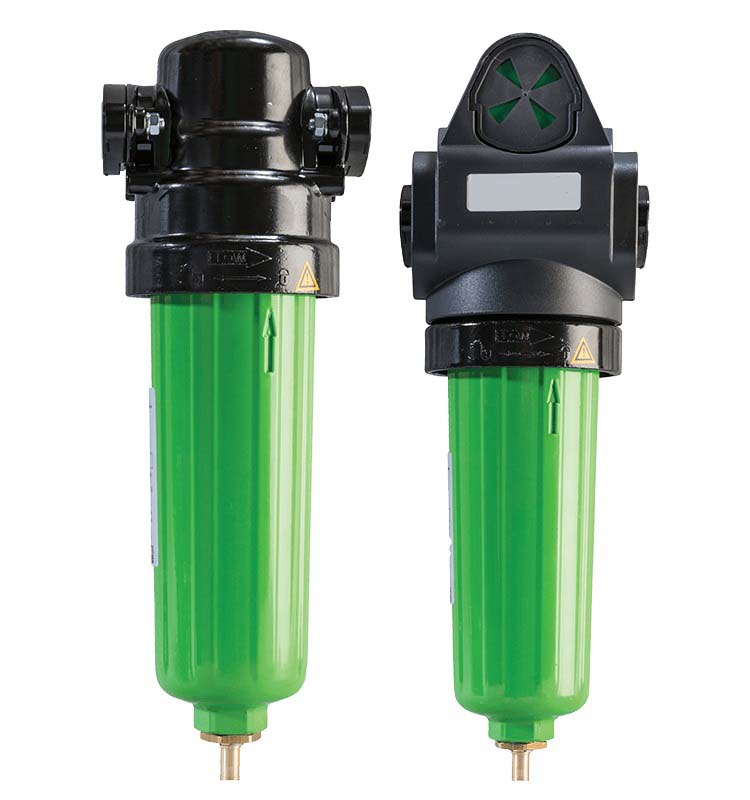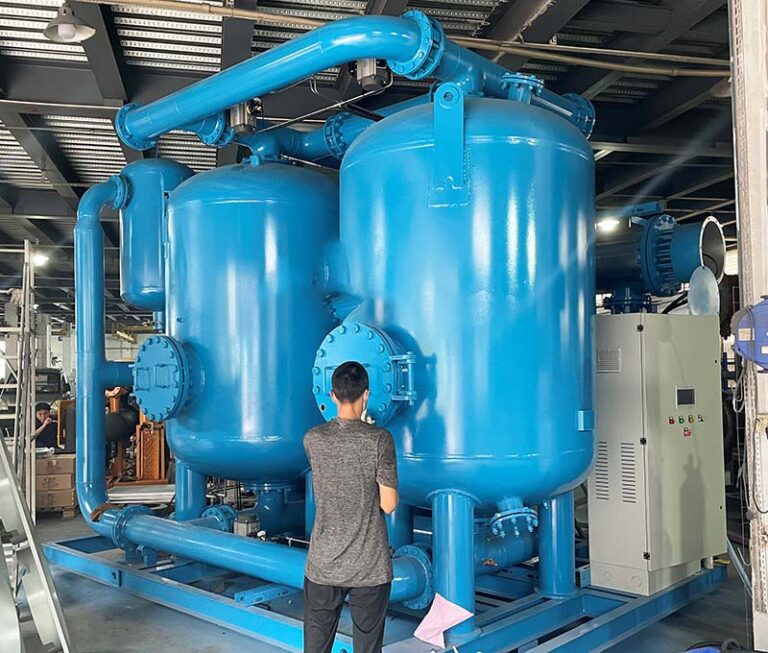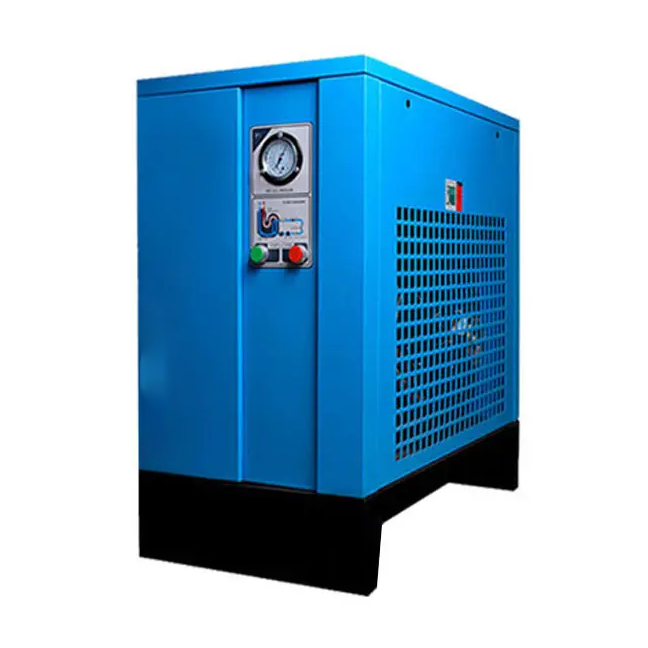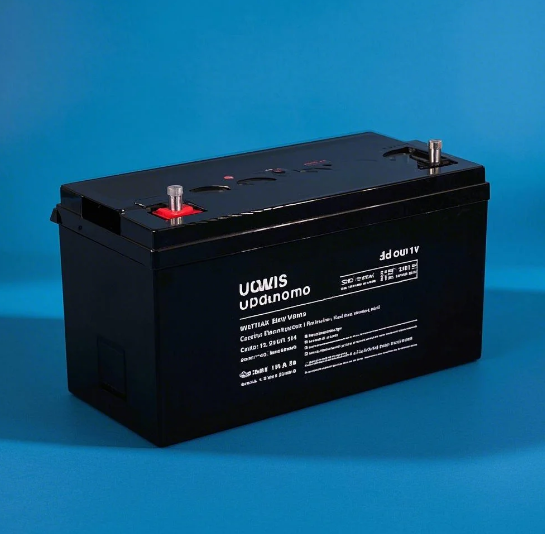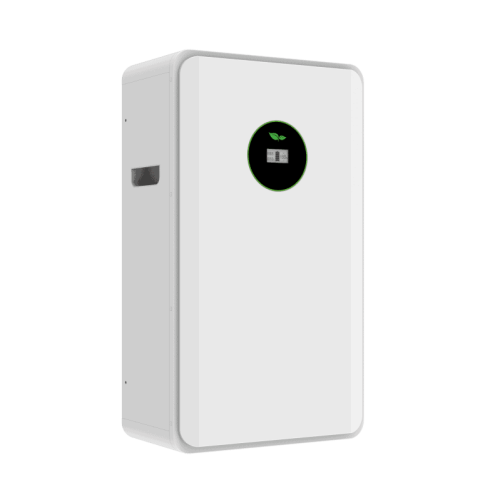目录
TogglePrinted circuit boards (PCBs) are widely used in a variety of equipment in industries such as automotive, telecommunications, aerospace, military, healthcare, and more. Therefore, the manufacturing and supply of PCBs are based on various applications and purposes. This article provides an introduction to distinguishing between different types of printed circuit boards (PCBs) by different parameters.
Boards can be distinguished in different ways, but the following categories are more common:
- Layer-based classification: According to the number of layers, the printed circuit board is divided into single/single-sided PCB, double/double-sided PCB, and multi-layer PCB.
- Baseboard-based classification: According to the use of baseboards, printed circuit boards (PCBS) are divided into rigid, flexible, and rigid-flexible PCBS.
- Material-based classification: According to the material used for construction, PCB can be divided into FR4 PCB and metal core PCB.
Baseboard-based characterization focuses on three types of circuit boards (PCBS), as described below:
- Rigid PCB: Rigid PCB is manufactured using solid material substrate. This robust substrate prevents rigid PCBS from twisting or bending. These are probably the most common and most manufactured PCBS. The number of layers is not the limit of this printed circuit board, it can be a single layer or 10 layers. Glass fiber is a common manufacturing material used to make rigid PCBS. It has good security because it prevents distortion, so the installed components can be kept in place. Computer motherboards are the most common example of such PCBS.
- Flexible PCB: Unlike rigid PCB, flexible PCB is made of flexible substrate, hence the name. It can be made single, double, or multiple layers and has a flexible backing. The biggest advantage of these flexible PCBs is that they are flexible and can be wrapped or folded according to the convenience of the application. These PCBs are made of flexible substrates that are water-resistant, corrosion and temperature-efficient. They are ideal for applications that require high curvature and flexure. Over the years, flexible PCBs have gained great popularity due to their flexible characteristics and compatibility with any type of component or connector. The most common application of flexible PCBs is in portable electronic devices, desktop printers, hard drives, etc.
- Rigid and flexible PCB: Rigid and flexible PCB is a combination of the above types of PCB. These boards are made by layering flexible conductive layers on a rigid PCB. The benefit of this type of PCB is that it provides a simplified design and reduces the weight and size of the PCB.
What are the different types of layer-based PCBS?
Layer-based differentiation takes into account the number of layers on the PCB. The combination of conductor film and prepreg can form laminates/chapters, while the number of laminates can form books. Therefore, the number of chapters in the PCB determines the type of layer-based PCB.
- Single-layer or single-sided PCB: Single-layer PCB is made of only one layer of material substrate. The layer of core material is covered with a thin film of conductive material. Typically, the conductive layer is a copper (Cu) film. Finally, a layer of screen printing is applied over the copper layer to mark the components on the plate. This is the simplest form of PCB and is commonly used for DIY applications and prototyping. The common application of single-layer PCB is in radio equipment, LED, etc.
- Double-layer or double-sided printed circuit boards: Double-layer printed circuit boards are made by layering a laminated material of the substrate with a conductive material. Thin wires called leads pass through the holes and are then welded to the appropriate assembly. It has the benefit of connecting circuits or components either surface-mounted or through-hole connections. Although wiring is not required in surface mounting, the double deck itself serves as the wiring surface for the component. Common applications for double-layer PCBS are vending machines, lighting systems, automotive dashboards, and amplifiers.
- Multi-layer PCB: Multi-layer PCB is a further development of double-layer PCB. This allows PCB designers and manufacturers to develop complex and chunky PCBS. The benefits of multi-layer PCBs are less electromagnetic interference and can provide equivalent power distribution. This minimizes cable damage.
Brief description of different types of PCBs based on materials
PCBS are developed in different material compositions according to the requirements of the surface treatment application.
- FR4 PCB: FR4 PCB is suitable for applications where fire resistance is important. In FR4, the term FR stands for flame retardant, and 4 for woven glass fiber with epoxy resin. These PCBS are made of fiberglass and epoxy resin, making them flame retardant. Due to its multiple economic and mechanical advantages, this is the most common type of PCB in use today.
- Metal Core PCB: The material substrates used in these metal core PCBs are aluminum, copper, and steel alloys. For various purposes (e.g. good heat dissipation). These PCBS can be made into any number of layers based on any substrate form. Metal core PCB is widely used in LED systems and modern electronic products.
Both FR4 and metal-core PCBS can be designed as single -, double – or multi-layer PCBS or rigid flexible PCBS depending on the application requirements. Since each type of PCB has its own characteristics, it is important to choose a manufacturer or supplier wisely.
0